Heatcharge. Energy Charge System
In response to the Kyoto Protocol, the European Union set some challenging targets for the reduction in greenhouse-gas emissions. By the year 2020, across the member states, the EU wants to have achieved the following objectives:
· A 20% cut in greenhouse gas emissions (from 1990 base levels)
· The share of renewables in the energy mix to increase by 20%
· An overall reduction of 20% in energy consumption
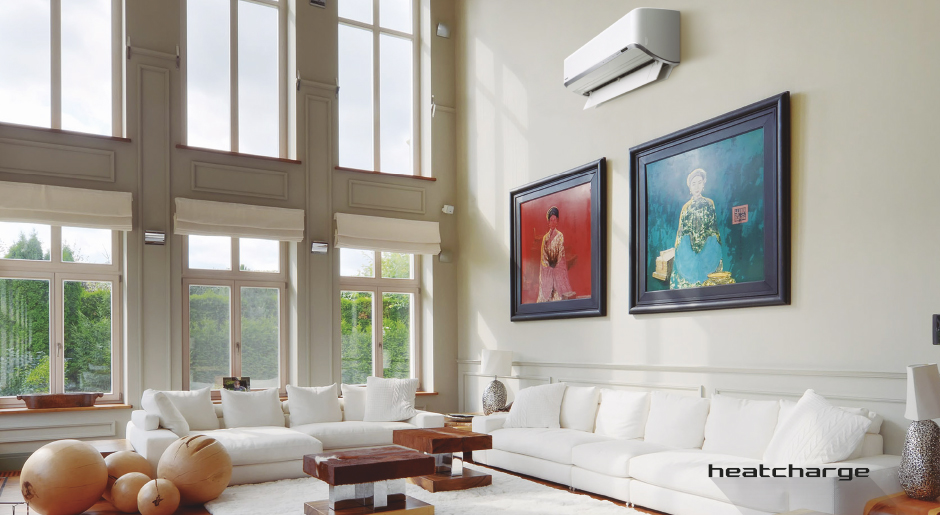
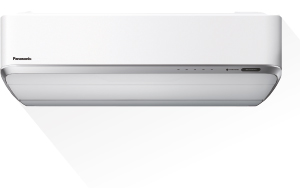
- Energy Charge System. Heat storage unit which features Non-Stop heating and fast heating function
- Maximum efficiency and comfort with Econavi sunlight detection and human activity detection
- Nanoe air purifying system
- More powerful airflow to quickly reach the desired temperature
Compared to R22 and R410A, R32 has 0 impact on the depletion of ozone layer and a very low potential impact on the global warming.
In line with the European Countries who are concern in protecting and maintaining the environment by participating the Montreal Protocol to rectify one of its program in protecting the Ozone Layer and preventing Global Warming, Panasonic has taken the development of heat pumps a step further. Primarily when it comes to reduced environmental impact and increased energy efficiency.
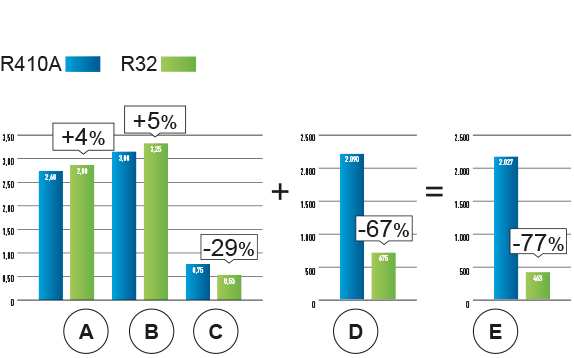
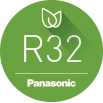
A: Cooling Performance (kW)
B: COP
C: Charge (kg)
D: GWP
E: CO2 eq. emission
When the air conditioner is operating, the compressor, which is the power source of the unit, generates heat. Until now, this heat was released into the atmosphere. Panasonic focused on this waste heat!
Heatcharge is a unique, innovative Panasonic technology that stores this waste heat in the compressor and effectively uses it as heating energy. This lets you enjoy a new level of air conditioner heating power and efficiency.
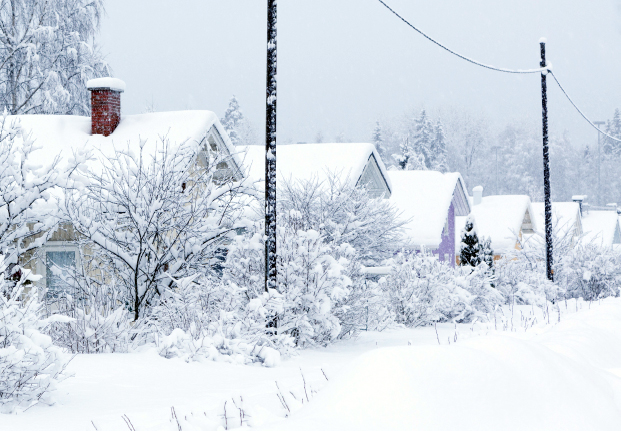
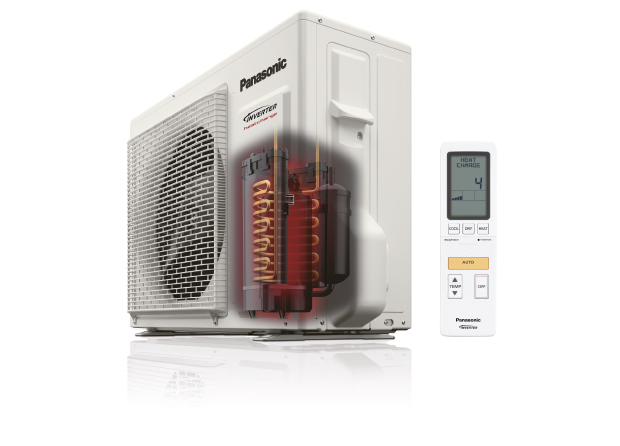
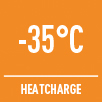
Using stored heat provides stable heating with less drop in temperature.
Even when heating operation stops during defrost operation, stored heat continues to constantly warm the room. This eliminates the previous discomfort due to the temperature dropping when heating temporarily stops to ensure stable air conditioner heating.
You can check the charge level with the remote control Press the Information button and the level is displayed in five stages (from 0 to 4).
Defrost operation: About 11 to 15 min.
Fall in room temperature: About 5 to 6 °C
Defrost operation: About 5 to 6 min.
Fall in room temperature: About 1 to 2 °C
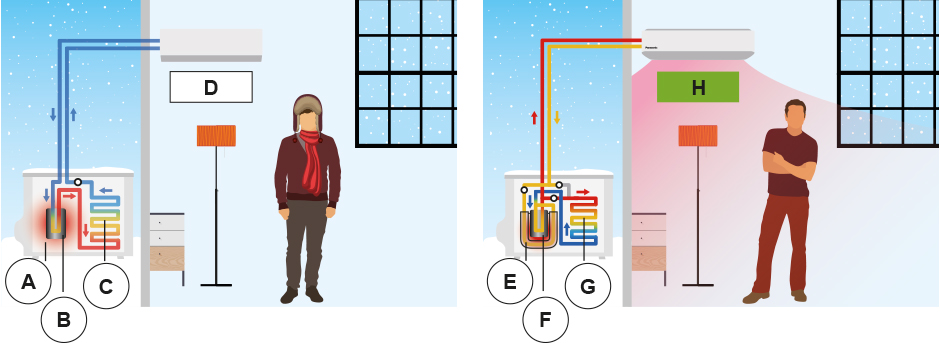
B: Compressor
C: Defrosting
D: Stop heating operation
F: Compressor
G: Defrosting by stored heat
H: Keep heating operation
Output air temperature falls during defrost operation. How low room temperature falls differs depending on the environment in which the unit is being used (how insulated and airtight and room is), operation conditions, and temperature conditions.
In environments where a lot of frost accumulates, heating may stop during defrost operation.
During operation, heat is generated inside the compressor.
H: Compressor
I: Heat was released into the atmosphere
Heat generated by the compressor is stored inside and used to warm the refrigerant to efficiently increase heating power.
J: Waste heat is “charged” and used effectively
The compressor is wrapped and exhaust heat is used for charging.
K: Heatcharge tank Waste heat from the compressor is stored.
L: Finless heat exchanger Stored heat is converted to energy.
M: Compressor











































